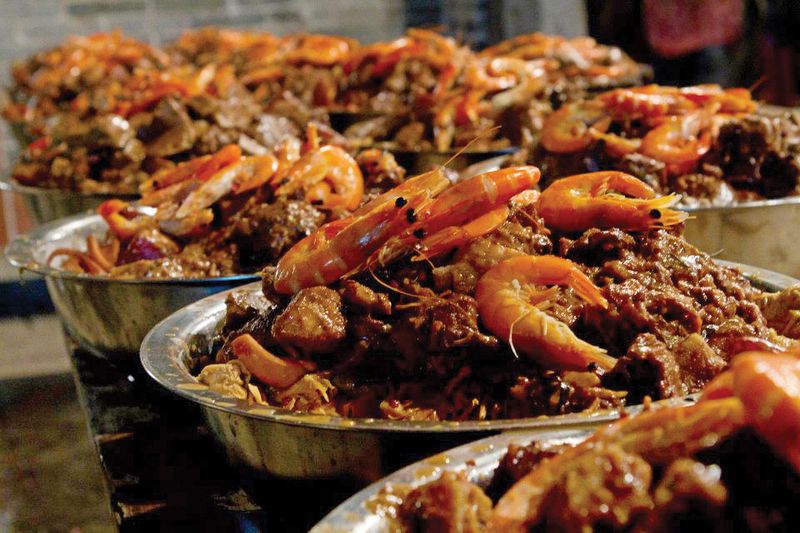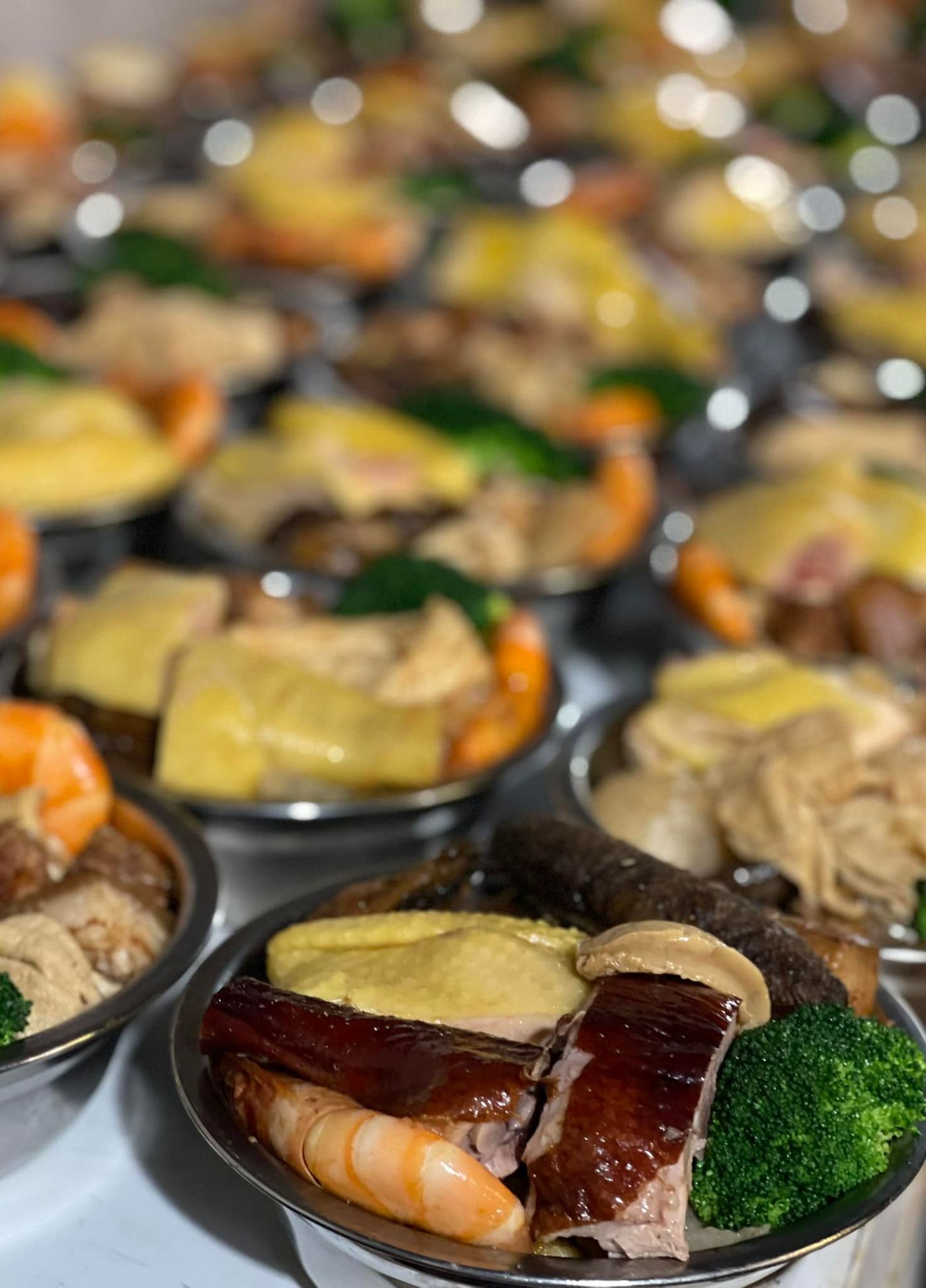
哲學博士生,專長為意識哲學。有鑒追求靈性生活的香港人愈來愈多,惜坊間謬說流行,學院又鮮予重視,誠覺一憾。遂立志融會靈性與知性,助人探索精神世界之各處幽微。
Luxurious Poon Choi

[Shuixiang Xiansi] I don't know since when, Poon Choi has become the designated food system for every Chinese New Year. From the tea restaurant to the big hotel, they are all vying for sales, and they will compete on the basis of this taste alone. Obviously, according to the impression of childhood, Poon Choi is more like a secret dish that must be specially visited in the shortlisted village. Although I grew up in Yuen Long, I am not a person from a walled village, and there are very few opportunities to eat Poon Choi. I only remember that I tasted Poon Choi once at a celebration held at the school stadium. Oil chicken, duck feet, bacon, mushrooms, seaweed, and tofu were peeled off layer by layer and cooled down shortly after.
The promotion of the flavor of the surrounding villages has been a great achievement. I guess the reason why Poon Choi successfully entered the house is the flexibility and convenience. Just like beating the stove, Poon Choi is a food system that can be used at will. No matter how it is full of tricks, as long as it is full, it will become a beaming feast.
It is said that in the last years of the Southern Song Dynasty, Yuan soldiers invaded and Emperor Song fled to Nanyue, and the villagers brought out their own good products for Emperor Song to enjoy and put them together in wooden basins, which is the origin. Another saying is similar, saying that when the loyal minister Wen Tianxiang led a team to avoid Yuan soldiers from the south, he fell into distress at the beachhead of Lingting. Although both of them are suspected of being affiliated, it can be roughly guessed that Poon Choi was born in poverty and is not a Chinese food. Nowadays, the ingredients of Poon Choi are getting more and more heroic, so that the rich people hate the cheap Poon Choi in the grassroots shops, which shows the change of the world.
There are six basic ingredients necessary for traditional Wei Village Poon Choi, including radish, dried eel, pig skin, squid, pork and bamboo. Later, the wealthy households in the surrounding villages became more and more savage, and gradually added abalone, ginseng, prawns, oysters, roast goose and other delicacies from the mountains and seas. In recent years, it can be seen from the advertisements that are occasionally picked up on the street that the delicacies of mountains and seas are almost the law here. Based on the flexible food system of Poon Choi, shops can be extravagant, constantly upgrade ingredients, and sell them at sky-high prices. More clever shops mix exotic flavors such as Japan, South Korea, Malaysia, Thailand and Vietnam to please the indulgent and greedy taste buds of Hong Kong people.
In the past two years, in order to prevent the pneumonia virus, dine-in in the evening market has been repeatedly banned, and I suspect it has also contributed to the popularity of Poon Choi. Dine-in is banned, and dietary options during festive seasons are reduced. Poon Choi can not only meet the needs of gathering around the fire, but also facilitate take-out, and it happens to be a winner against the market.

In addition to category upgrades, the scale is no longer limited to multi-person meals. Some shopkeepers are careful, considering that many people refuse to eat due to epidemic prevention, but want to have a Chinese New Year atmosphere, they specially introduce one-person pot dishes like car noodles, which makes the ecology of this food system more colorful. There is also a tea restaurant in the old district that is kind and charitable, and distributed one person of pot vegetables for free to the nearby elderly living alone on the evening of the new year. Such a warm taste may wish to continue to be popular.
Like my work?
Don't forget to support or like, so I know you are with me..
Comment…